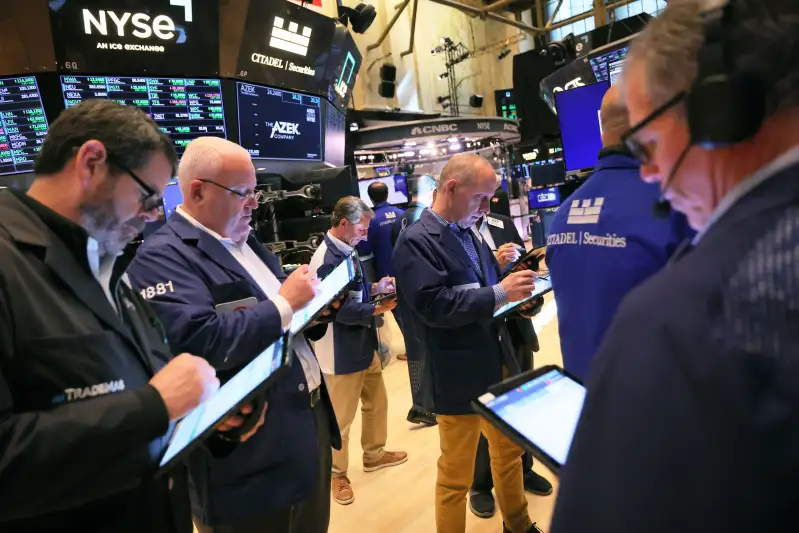Investors Are Pessimistic About the Stock Market. That Could Be a Good Thing
Money is not a client of any investment adviser featured on this page. The information provided on this page is for educational purposes only and is not intended as investment advice. Money does not offer advisory services.

Between concerns about stubborn inflation, interest rates, bank failures and a tense debt ceiling standoff, it’s no wonder that investors are feeling pretty pessimistic about the stock market right now.
But could that pessimism actually be a good thing? According to a new analysis by George Smith, a portfolio strategist at LPL Financial, it could.
Smith cites data from the American Association of Individual Investors (AAII), which asks individual investors each week where they think the stock market is heading in the next six months. The most recent survey shows that only 23% of investors are bullish about the stock market in the short term, meaning that they believe stock prices will rise, compared to the historical average of 37.5%. Meanwhile around 40% are bearish, meaning they think stock prices will fall, compared to 31% on average historically.
That may sound like bad news for the stock market, but Smith says that negative sentiment could be a catalyst for better returns in the months ahead. In fact, he calls the pessimism "one remaining asset for stocks" amid a slew of headwinds.
Why could investors' negative sentiment be good for stocks?
Using historical data from the AAII, Smith finds that when investors are more bearish than usual, the market tends to perform better in the short and medium term.
When the difference between bullish sentiment and bearish sentiment is around where it is right now (a spread of about 17 percentage points in favor of the bears, which happens a little more than 15% of the time), the S&P 500 returns 2.9% on average over the next three months, 5.1% over the next six months, and 10% over the next year, according to Smith's analysis. When that spread is flipped in favor of the bulls, on the other hand, the S&P 500's average returns are lower: 1.8%, 4.4% and 8.2%, respectively.
“Stock markets are forward looking and if concerns are well known and understood they are also probably largely priced in,” Smith says. Because those concerns are a “known risk” to investors rather than a surprise, it’s possible that many investors are waiting on the sidelines to buy. That’s what will drive prices higher, he says.
What’s next for the stock market?
Experts say the same forces that are contributing to investors' gloomy outlook, like the debt ceiling standoff and uncertainty around interest rates, could also contribute to market upheaval in the days ahead.
“Events that cause uncertainty tend to generate market volatility,” David Li, wealth partner at J.P. Morgan Wealth Management, previously told Money. Right now, it’s impossible to say for certain how the debt ceiling standoff will shake out, or what the Fed’s next move will be with regard to interest rates.
If those unknowns sound nerve-wracking, it’s worth remembering that some level of market volatility is normal. Financial advisors generally recommend sticking to your long-term investment plan in order to weather the storm.
More from Money:
Here’s the Best Day of the Week for the Stock Market So Far in 2023
Investors Should Brace for ‘Significant Volatility’ as the Debt Ceiling Standoff Continues
Investors Made Billions Betting Against Bank Stocks. Now They’re Under Scrutiny

